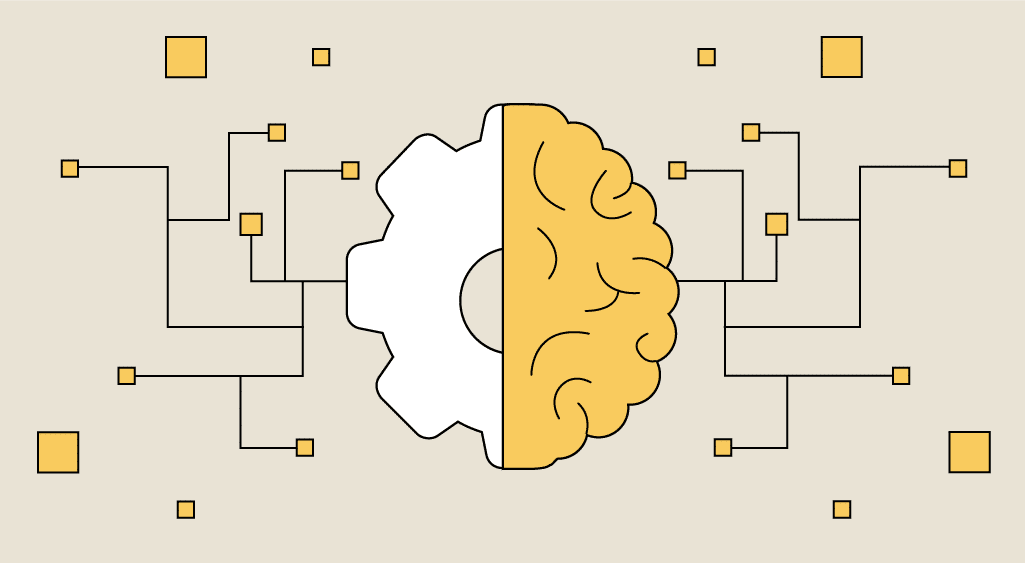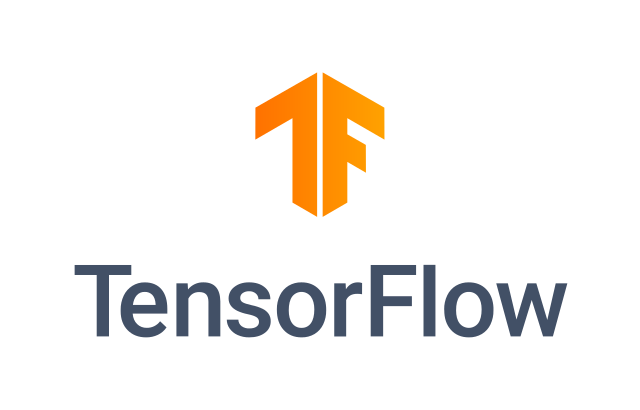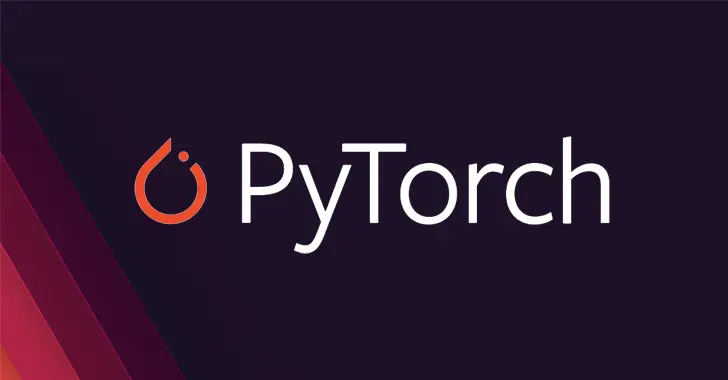
Artificial Intelligence (AI) is transforming industries across the globe, and selecting the best AI tools for machine learning is crucial for developers, researchers, and businesses. In this post, we review three of the most powerful AI tools for machine learning: TensorFlow, PyTorch, and OpenAI’s GPT—tools that are widely used in machine learning and deep learning applications. We will explore their features, use cases, and how they compare in performance, scalability, and ease of use.

TensorFlow Review: Powerful AI Tool for Machine Learning
What is TensorFlow?
TensorFlow is a versatile, open-source AI framework developed by Google that simplifies the process of building and deploying machine learning models. It supports a variety of tasks, from computer vision to natural language processing.
Key Features of TensorFlow
• Scalability
• Flexible architecture with TensorFlow Lite for mobile
• TensorFlow Hub for reusable machine learning modules
TensorFlow Use Cases:
• Computer Vision: Image classification, object detection, and facial recognition.
• Healthcare AI: Predictive models for diagnosing diseases.
⸻

PyTorch: Flexible and Research-Friendly AI Framework
What is PyTorch?
PyTorch, developed by Facebook’s AI Research lab, is known for its flexibility and ease of use in academic and research environments. Unlike TensorFlow, PyTorch uses dynamic computational graphs that provide more control during model experimentation.
Key Features of PyTorch
• Dynamic computation graphs for flexibility
• Pythonic API
• Ideal for research and prototyping
PyTorch Use Cases:
• NLP: PyTorch powers cutting-edge NLP models like BERT.
• Reinforcement Learning: Used for developing autonomous agents and gaming AI.
⸻

OpenAI GPT: Revolutionizing Natural Language Processing
What is OpenAI GPT?
OpenAI’s GPT (Generative Pretrained Transformer) is an advanced language model capable of understanding and generating human-like text. With GPT-3, OpenAI has set new standards for language understanding, making it a powerful tool for AI-driven text generation.
Key Features of OpenAI GPT
• Natural language understanding and generation
• Few-shot learning
• Integration through API
OpenAI GPT Use Cases:
• Content Generation: Automating blog posts, product descriptions, and social media content.
• Conversational AI: Powering chatbots and virtual assistants.
⸻
Expert Opinion:
Selecting the best AI tool depends on your project needs. Whether you’re looking for production-level models (TensorFlow), research-friendly flexibility (PyTorch), or powerful language models (GPT), each of these tools has its unique strengths. Experiment with them to find the best fit for your AI applications
Which AI tool do you use for your projects?
Share your experiences with TensorFlow, PyTorch, or GPT in the comments below!
If you’re looking for more AI-related content, check out our detailed AI tools comparison or learn about the latest AI research trends.
- TensorFlow: Best AI Tool for Machine Learning & Deep Learning
- Best AI Tools for Machine Learning: A Comprehensive Review of TensorFlow, PyTorch, and OpenAI GPT
- AI SEO Tools 2025: Discover the Best AI Tools to Boost Your Search Rankings
- AI Revolution 2025: Google AI Mode, Veo 3, Grok-3 & Stargate
- Free AI Tools 2025 – Top 10 No-Signup Tools to Boost Productivity